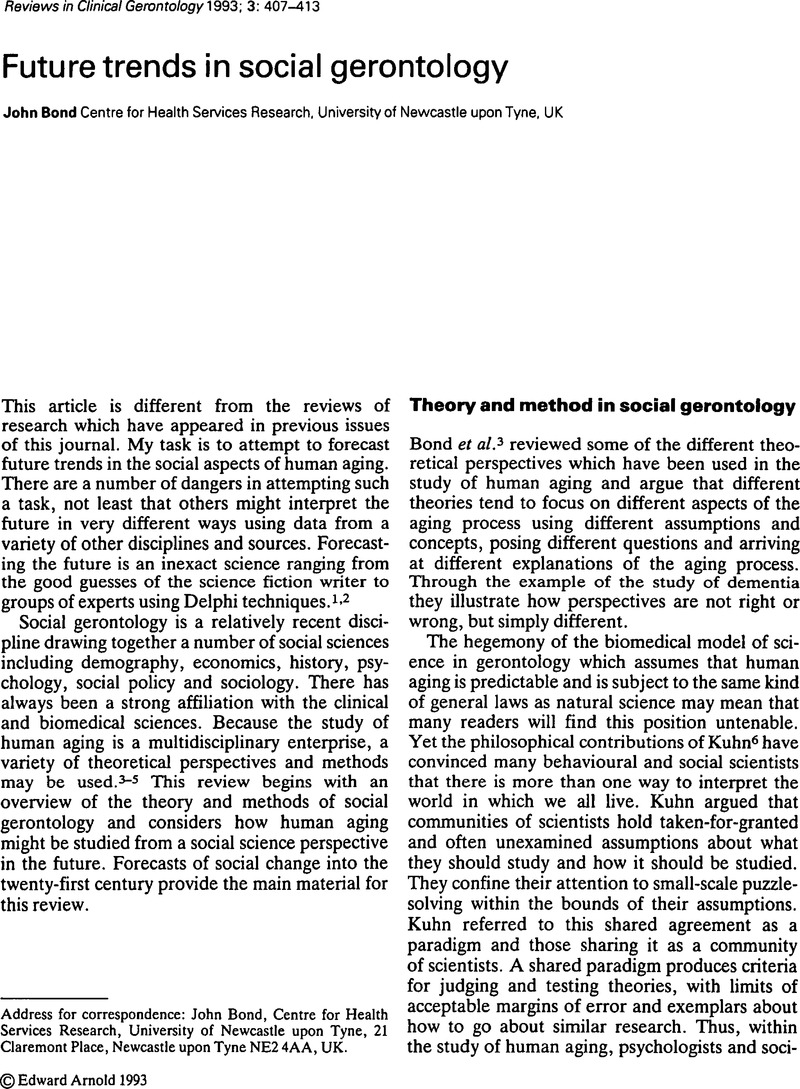Crossref Citations
This article has been cited by the following publications. This list is generated based on data provided by Crossref.
Chen, Ke‐Mei
Wang, Shu‐Twu
Chao, Shan‐Ru
and
Kasirisir, Kui
2025.
Link Between Social Relationships and Vulnerability Among Community‐Dwelling Older Adults Living Alone in Taiwan.
Asian Social Work and Policy Review,
Vol. 19,
Issue. 1,



